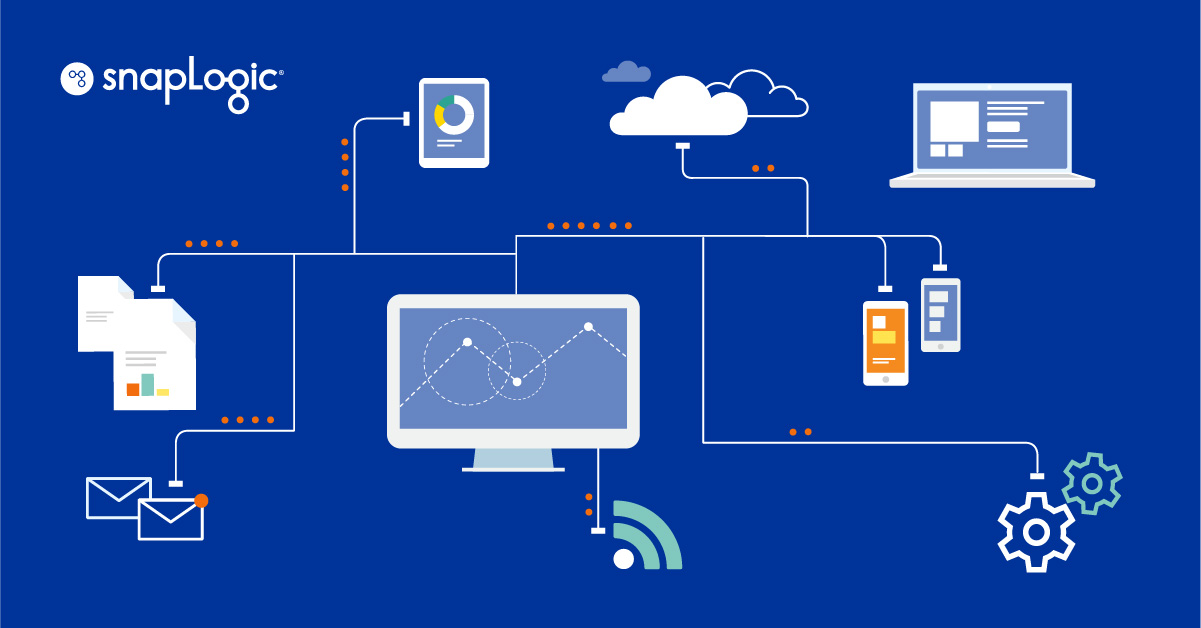Long before COVID-19 hit, forcing organizations to change how their employees work overnight, many organizations undertook digital transformation initiatives to keep their employees productive and efficient regardless of where they worked. These organizations embraced the fact that employees were becoming more tech-savvy as newer technologies made it easy for employees to quickly learn and use them. By enabling employees to become more productive and increase job satisfaction, organizations reap benefits of going-to-market faster, increase cost savings in development and maintenance.
Like these organizations, Schneider Electric sought to make all 135,000 employees more autonomous and empower them to build and run their own applications and business processes. The Digital team at Schneider Electric historically built applications for each business department through their Center of Excellence (CoE) group. This approach proved to be unscalable, time-consuming and costly for the company as more business stakeholders needed the CoE’s support, and development delays slowed the business down.
To alleviate this issue, the VP of the Digital team transformed their support approach using a new Operating Model. The Operating Model provides four support levels. The goal of the Operating Model is to enable employees or citizen developers to get the support they need from the Digital team, and gain the skills they need to build their own applications and processes over time. As a result, the business groups can speed up their projects and deliver results faster.
Read the full case study here to learn more about Schneider Electric’s Operating Model.








